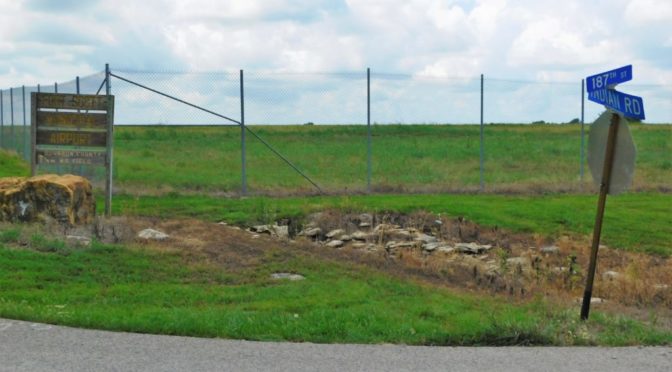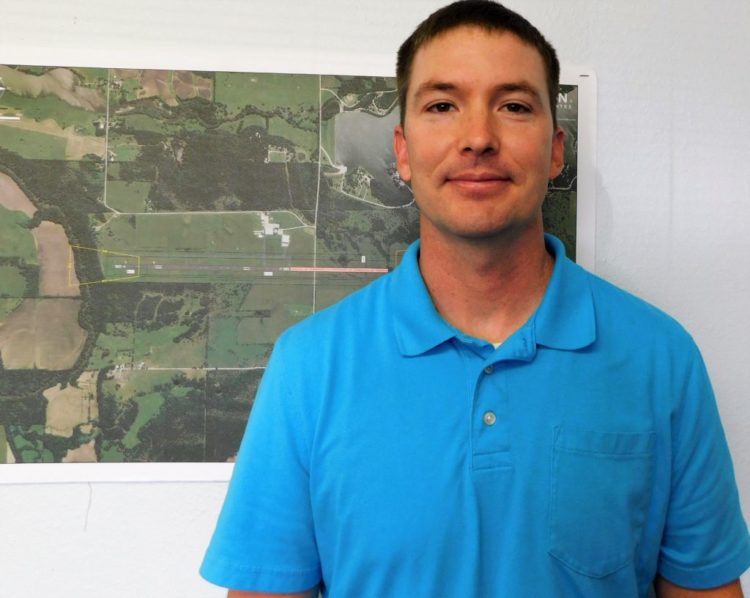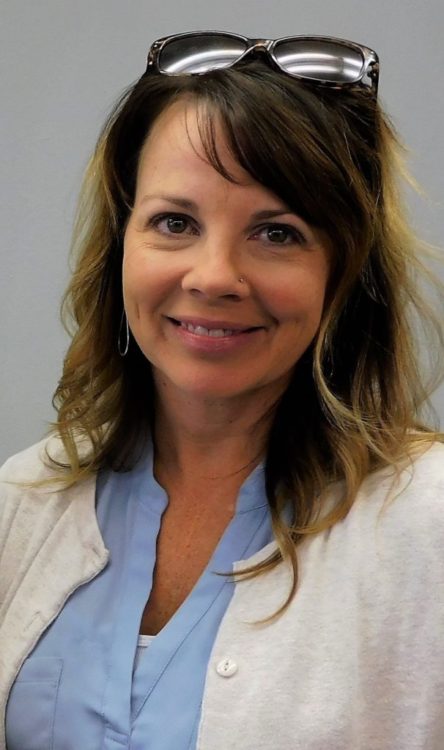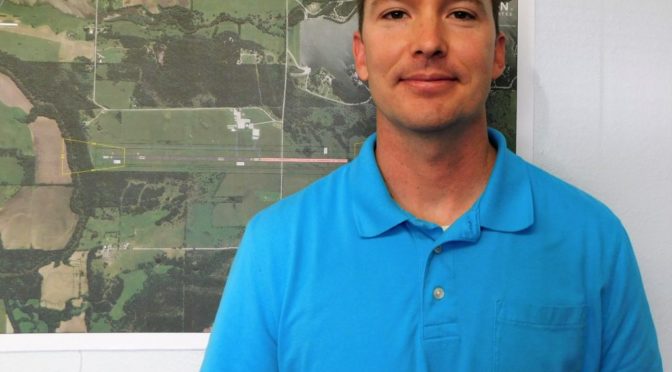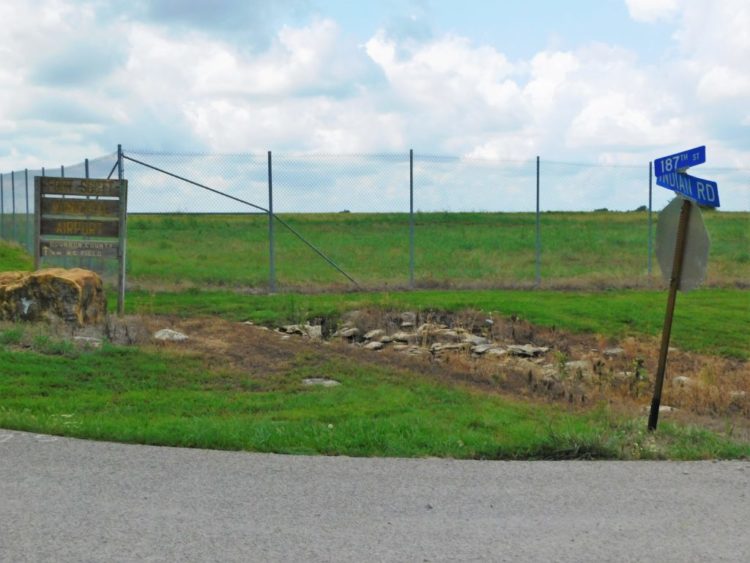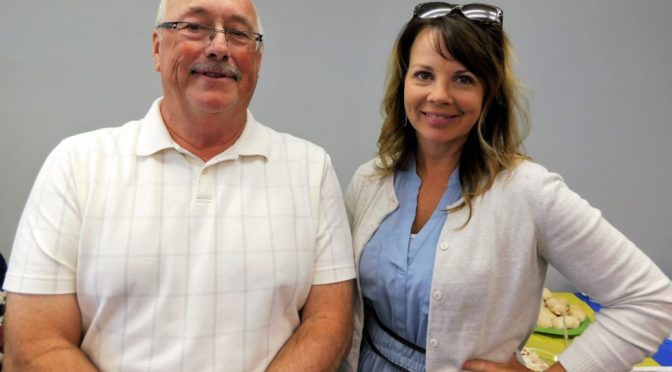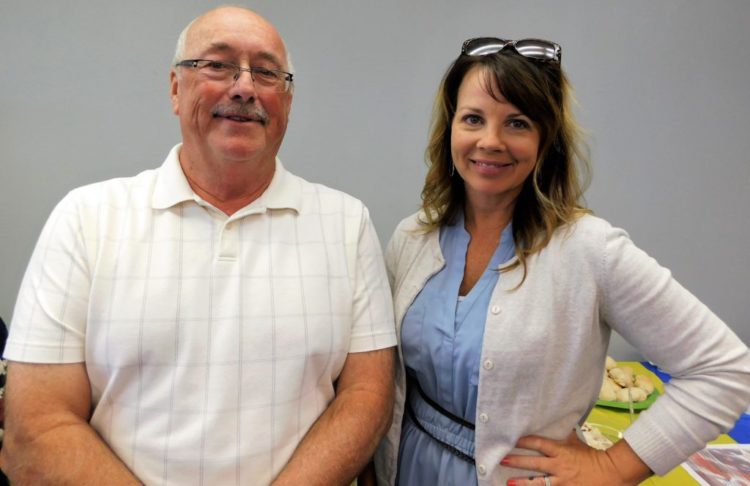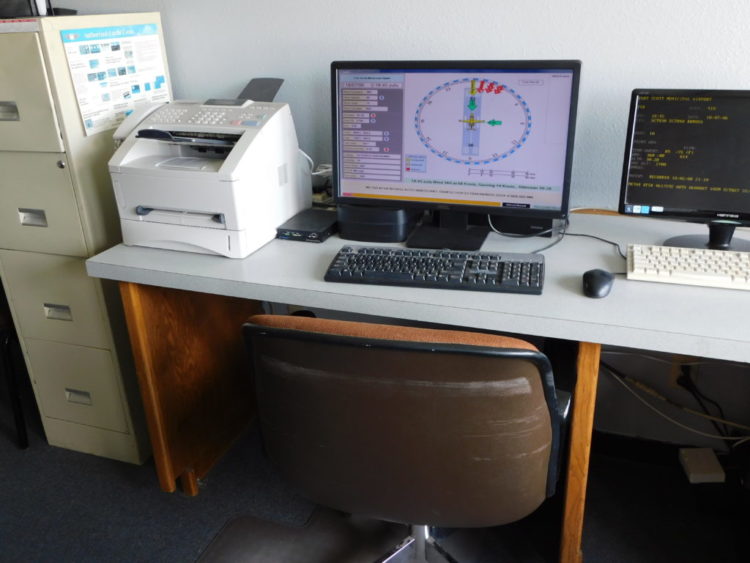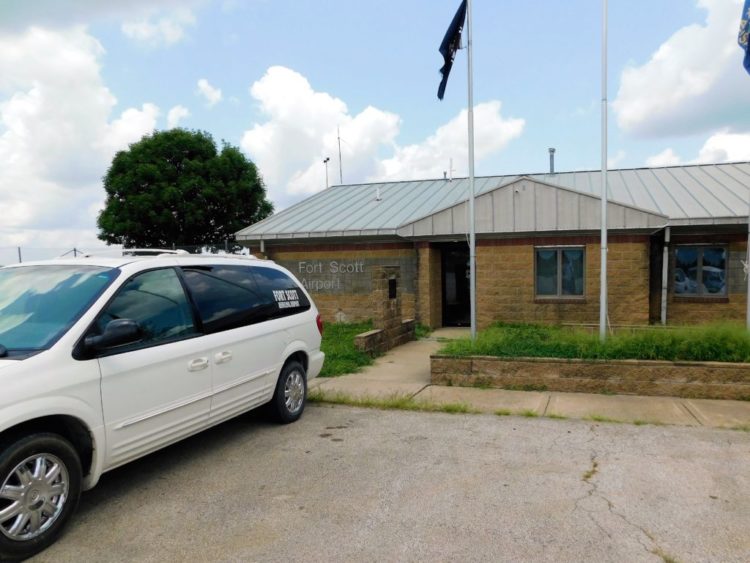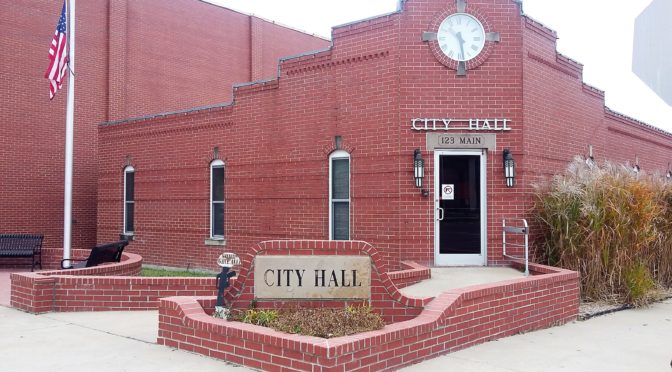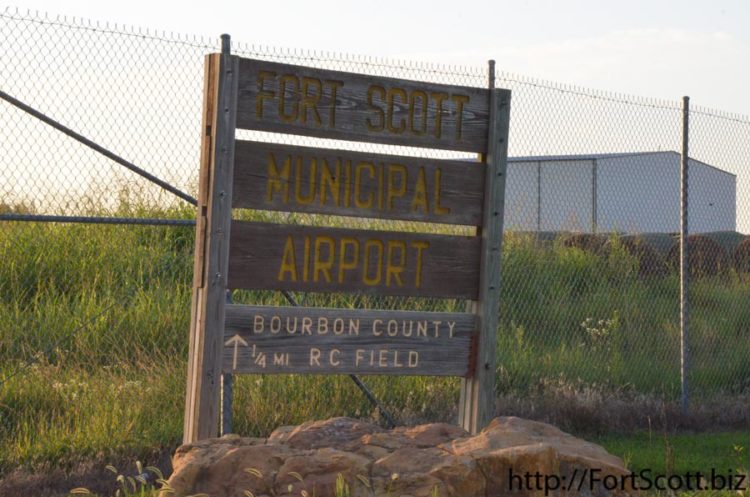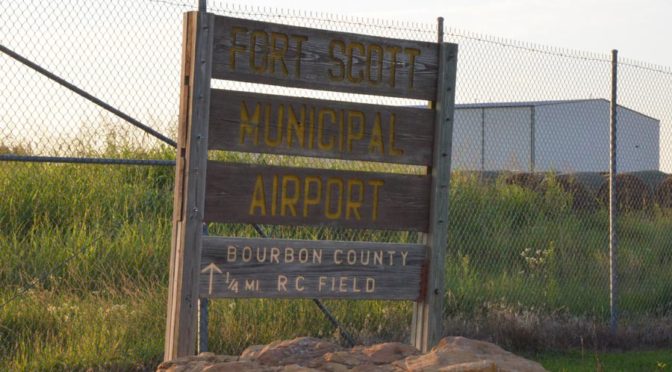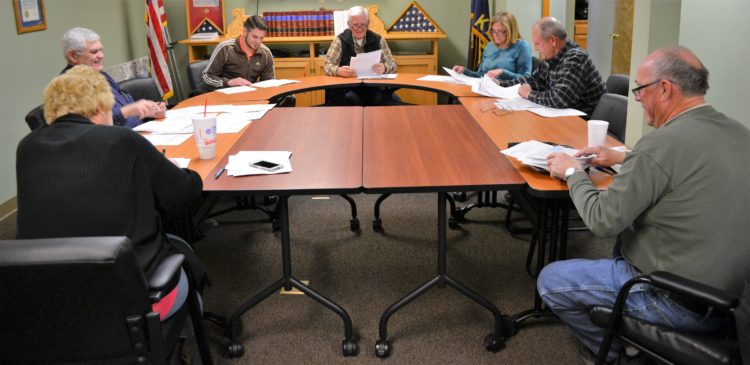KDOT leads airport inspections utilizing UAS
The Kansas Department of Transportation (KDOT) Division of Aviation has received authorization from the Federal Aviation Administration (FAA) to conduct Unmanned Aircraft Systems (UAS) test flights at Wichita’s Dwight D. Eisenhower National Airport (ICT) beginning today.
Planned inspection missions include obstruction analysis, foreign object detection, wildlife hazard management and airfield emergency response. FAA authorization was received through partnership with the Wichita Airport Authority, Kansas State University’s Polytechnic Campus and George Butler Associates (GBA).
Operations will focus on UAS integration to increase Kansas airport efficiency by condensing the process time in half and improving accuracy. The authorization also includes a precedent-setting FAA waiver to conduct night operations at the airport and allows KDOT to provide the FAA much-needed data on UAS integration in complex airspace.
The operations are part of the FAA’s UAS Integration Pilot Program (IPP).
“We identified KDOT’s involvement with IPP as a prime opportunity to investigate the effectiveness and operations procedures necessary to implement safe UAS operations at ICT,” said Victor White, Executive Director of Airports for the Wichita Airport Authority.
“This FAA approval will significantly improve airport efficiency and safety,” said KDOT Director of Aviation Bob Brock. “We look forward to expanding Kansas airport inspection capabilities across the state and developing new capabilities to drive industry growth.”
K-State Polytechnic and GBA are part of a joint operations crew to establish procedures and operating methodology for the airport operations personnel.
“Incorporating UAS into a range of airport lines of business, such as detecting foreign object debris on runways, defective airfield markings and the integrity of the security infrastructure may be done more effectively and efficiently than current methodologies,” said Kurt Carraway, UAS Executive Director of the Applied Aviation Research Center at K-State Polytechnic. “We look forward to exploring these use cases to further enhance safe airport operations.”
“This authorization will allow us to provide data-driven operations in real-world operating environments,” said Ben Linder, GBA’s Advanced Robotics and Remote Sensing Group Leader.
IPP involves nine regional efforts to conduct advanced UAS operations to yield sufficient data for rule making that will result in access to new technologies for the nation.
###
